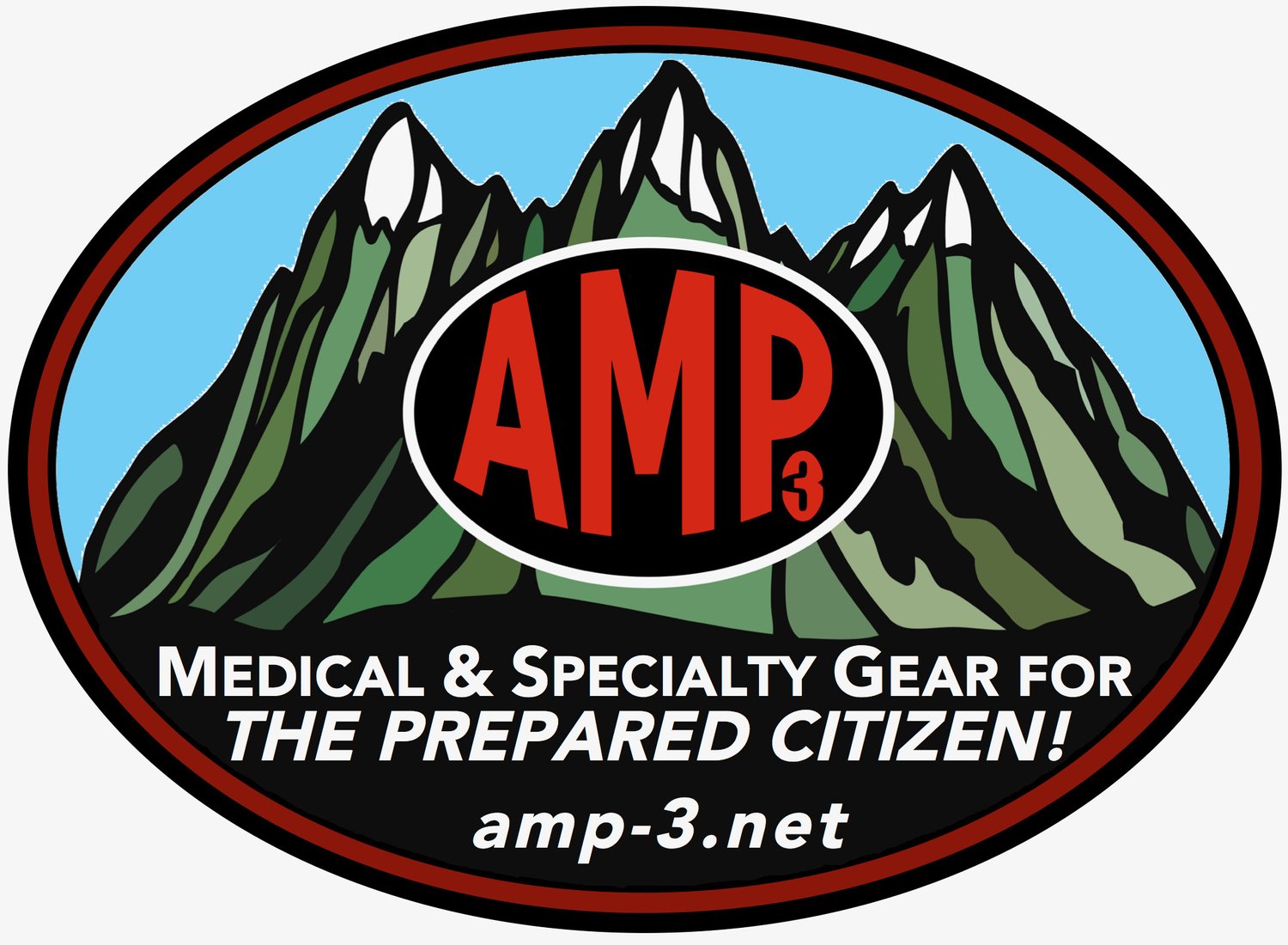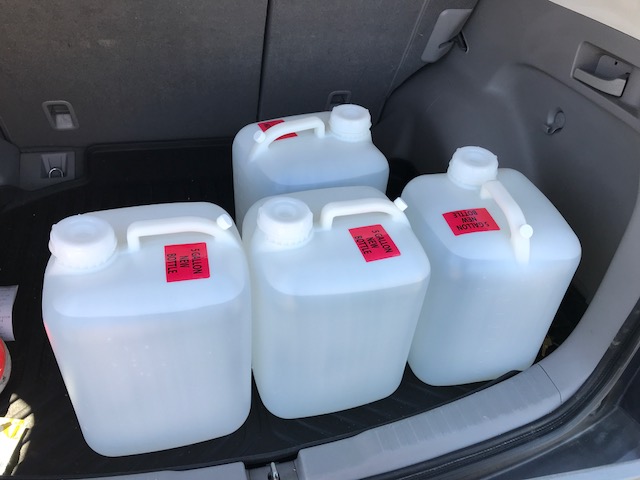Since we moved into the new house here in Oregon, we're just are not as prepared as we need to be. Water, is something that we have to have so we can up with this solution.
Check out your local grocery store for 5 gal water containers. They might even have a fill station like the one that I used. Even if your on a budget, like we are and purchase something every month to add to your preparedness, you can do this.
I purchased four water containers and the water for less then $32. Realizing that you need one gallon of water per day per person (Don't forget your Pets). If the water is coming from a city source, it will already be chlorinated and you won't need to add anything to it to keep it for a year. If your not sure, then add a few drops of bleach.
5 Gallon Water Bottles for $6.95 ea. You need a Gallon of water per person per day...
Water filling station at the grocery store! .30cents per gallon
20 Gallons Ready to use! Less then $32









